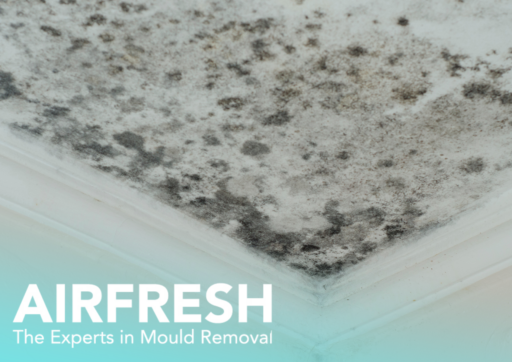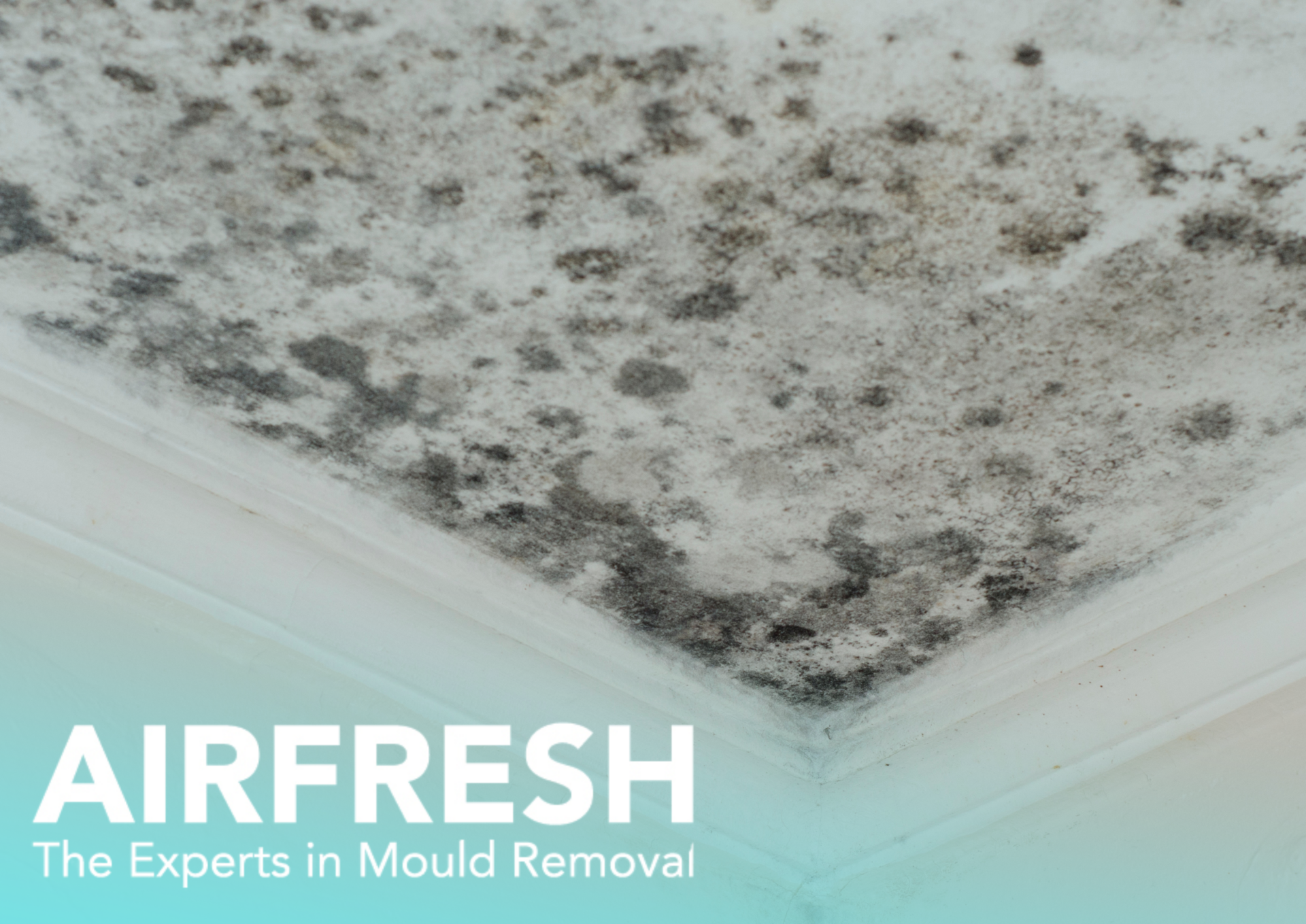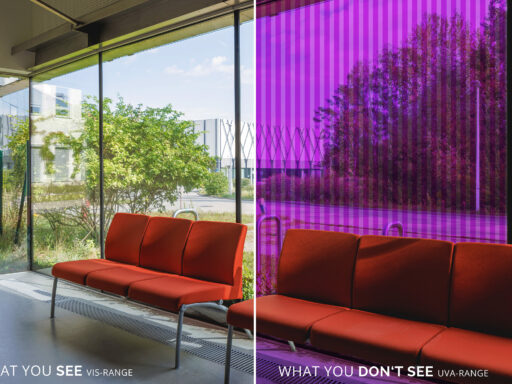Awaab’s Law has now come into effect, marking a significant step in improving housing safety standards across England by imposing strict timeframes for landlords to address mould and damp issues in social accommodation.
Under the newly enacted rules, landlords are required to investigate complaints within ten working days, carry out necessary repairs within five days, and take action within 24 hours if the situation is deemed urgent.
Named in honour of Awaab Ishak, the two-year-old who tragically lost his life in 2020 as a result of prolonged exposure to mould in a social housing property, the legislation aims to prevent similar tragedies and strengthen tenant protections.
However, AirFresh Mould Removal, a leading remediation specialist, warns that the law overlooks a critical issue. While the legislation prioritises response times, it does not require that those carrying out the work possess the appropriate technical training. As a result, there is a risk of increasing numbers of inadequate and potentially unsafe mould remediation efforts.
AirFresh is calling on the government, housing associations, and local authorities to go further by embedding IICRC S520, the global Standard for Professional Mold Remediation, into UK practice guidelines.
Since Awaab’s death, awareness of mould as a housing hazard has increased dramatically – but AirFresh says enforcement must extend beyond response times to technical performance and verification.






